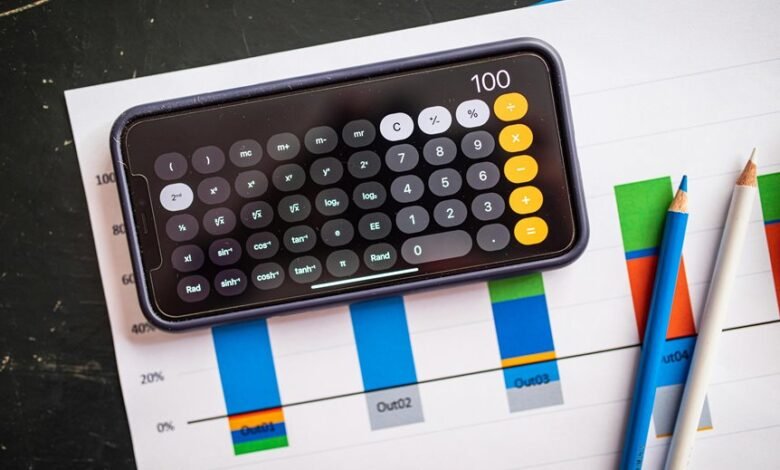Caller Information Report: 3059307398, 3076881482, 3092503175, 3092918097, 3093200054, 3093226458

The Caller Information Report for the numbers 3059307398, 3076881482, 3092503175, 3092918097, 3093200054, and 3093226458 provides critical insights into potential risks. An analytical review reveals patterns that indicate several numbers are associated with spam or fraudulent activities. This necessitates a careful approach to managing these contacts. Understanding the implications of this information may lead to enhanced security measures, prompting further examination of effective strategies for handling unknown calls.
Overview of Caller Information
Caller information refers to the data associated with inbound and outbound communications, primarily focusing on the identification and profiling of individuals or entities making contact.
Effective caller identification serves as a crucial tool in recognizing potential phone scams. By analyzing caller data, individuals can safeguard their privacy and make informed decisions, ultimately promoting a culture of awareness and freedom in communication practices.
Detailed Analysis of Each Number
Analyzing each number associated with communications provides insights into patterns, origins, and potential risks.
The numbers listed exhibit varying caller identity verification challenges, revealing potential spam or fraudulent activity.
Employing call blocking techniques can mitigate unwanted communication from these sources, enhancing user autonomy.
Understanding the characteristics of each number is crucial for informed decision-making regarding personal security and privacy in telecommunications.
Tips for Handling Unknown Calls
How should one approach the challenge of handling unknown calls?
Employing call screening techniques is essential for effective management. Individuals should prioritize privacy protection by utilizing features such as blocking numbers, enabling do-not-disturb modes, and leveraging caller ID applications.
Additionally, it is prudent to let unknown calls go to voicemail, allowing for safe assessment of the caller’s intent before responding.
Conclusion
In conclusion, the Caller Information Report highlights a troubling tapestry of telephone threats and potential peril. By being proactive and employing protective practices, individuals can safeguard themselves against these suspicious signals. Screen calls, block bothersome numbers, and utilize caller ID applications to maintain a measure of mastery over personal communications. Ultimately, staying vigilant and discerning can deter deceitful disruptions, ensuring a safer, more secure telephone experience.





